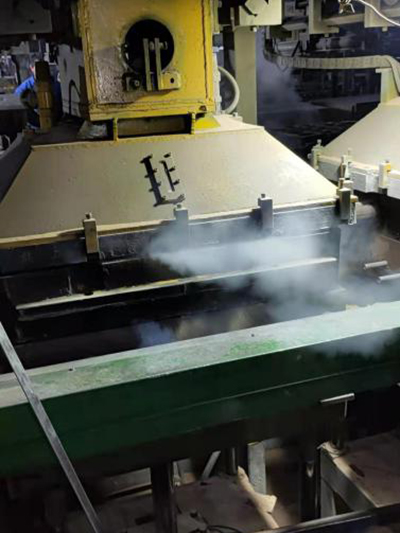The Role of Metal Casting Sand in Modern Manufacturing
Metal casting is a critical process in manufacturing, and one of its essential components is casting sand. This specialized material plays a pivotal role in shaping and forming metals into complex parts and structures. Understanding the importance of casting sand, its types, and its applications can provide insights into its significance in the metalworking industry.
The Role of Metal Casting Sand in Modern Manufacturing
One of the main functions of casting sand is to create a mold for the molten metal. The sand is usually mixed with a binding agent to enhance its cohesiveness and create a mold that can withstand the flow of molten metal. The sand molds can be created using various methods, including green sand casting, where the sand is mixed with water and clay, and dry sand casting, which utilizes a binder that does not include water. Each method offers distinct advantages depending on the casting process, desired finish, and complexity of the part being produced.
metal casting sand

The quality of casting sand significantly impacts the final product. Impurities in the sand can lead to defects in the casting, such as inclusions or surface imperfections. Therefore, manufacturers often conduct rigorous quality control and testing to ensure that the casting sand is free of contaminants and meets the specific requirements for each application. The right choice of sand can enhance the durability and mechanical properties of the finished product, making it a critical consideration in the design and manufacturing process.
Moreover, advancements in technology have led to the development of synthetic casting sands. These engineered sands provide improved performance characteristics, such as enhanced flowability, lower thermal expansion, and better dimensional accuracy. As manufacturers seek to optimize their processes and reduce costs, synthetic sands are becoming increasingly popular as they often lead to better yields and reduced scrap rates.
In addition to its role in shaping metal components, casting sand has environmental implications. The traditional sand casting process can generate a considerable amount of waste material. However, advancements in recycling technologies have allowed for the reclamation and reuse of casting sand, reducing the environmental footprint of the casting industry. These eco-friendly practices not only align with sustainability goals but also help manufacturers lower operational costs.
In conclusion, metal casting sand is a vital element in the manufacturing landscape, acting as the foundation for creating intricate and durable metal products. Understanding its types, properties, and applications is essential for optimizing casting processes and improving product quality. As the industry evolves, embracing innovations in casting sand technology will be crucial in addressing environmental challenges and meeting the demands of modern manufacturing.
Post time:11 月 . 01, 2024 11:51
Next:Golden Shores Enterprises Aiming for Excellence in Quality and Service
